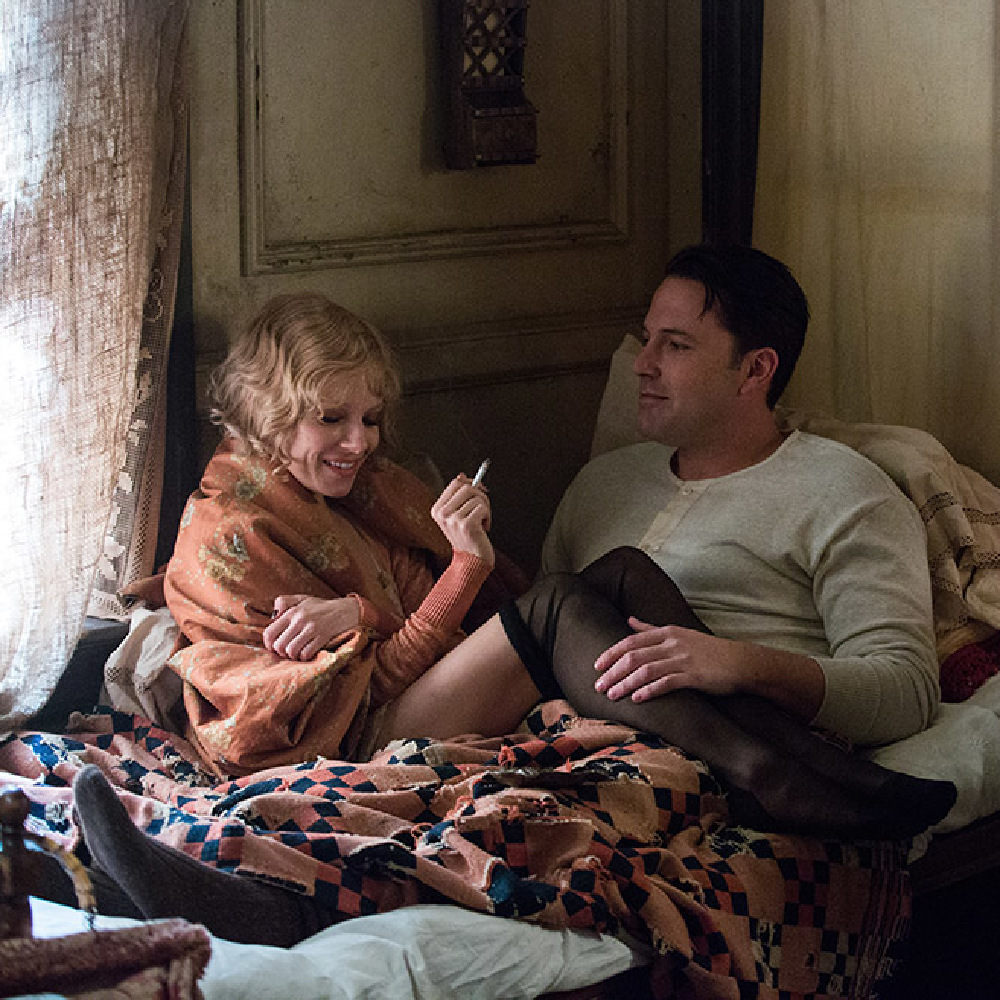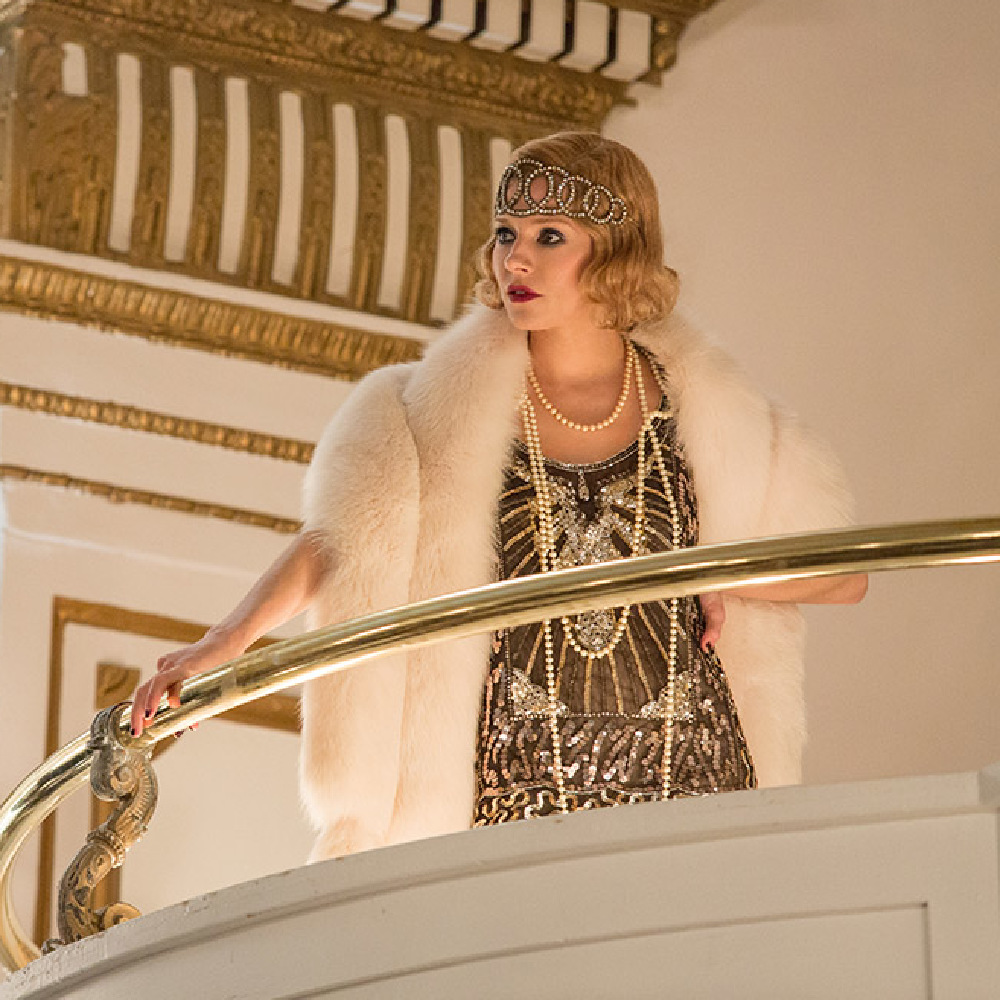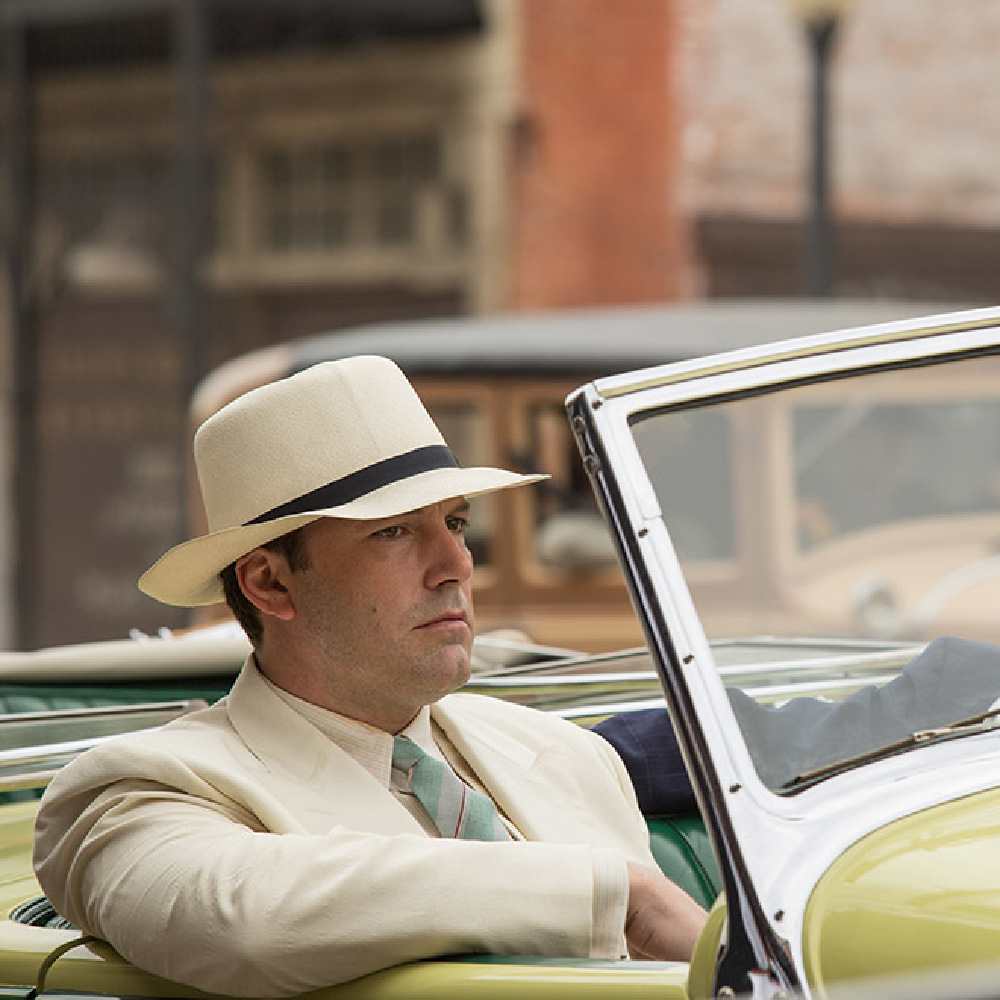Inspired by Ben Affleck's new film LIVE BY NIGHT, we explore the fashion of the film, with an in-depth look at the trends of the 1920s to celebrate the Home Entertainment release of the movie.

Livy By Night
The Flapper Style Dress

The specific flapper type of dress was cut in a straight and loose style and throughout the decade the length of the flapper dress varied. The length of dresses and skirts in the early 1920s were about calf length, with some a little longer and some a bit shorter. Between the years 1926 to 1928, the hemlines of dresses were the shortest being around knee length, and this is one of the most iconic features of the flapper style when people talk of women's fashion in the 1920s.
Women’s Tea Dress

A woman's tea dress was essentially an afternoon dress made of lighter and brighter materials and with more trim. The general attire for this dress was more formal than your day or street wear but it was not quite as formal as going sleeveless in a beaded gown. During this period the majority of middle class woman had a semi formal afternoon dress in their wardrobe. This was also their formal evening dress too so it had to be something quite special.
The Cloche Hats
The iconic hat of the Jazz Age in the 1920s was the cloche, which is French for “bell”. These close-fitting hats were worn low over the eyebrows making visibility quite difficult for them. Women walked with their chins up and eyes cast down creating an air of independence and conceitedness. Another fact about these hats is that the brims of them were so slight that the New York Times called them “an apology for a brim.”
Men’s Suits

Suits were mostly made of thick wool or a wool tweed and pants made of wool based flannel which made them heavier than today’s suit materials but lighter than the previous decades. Suit jackets were either single or double breasted and featured 3 or 4 buttons up the front. The top button came to the center of the heart giving way to notch lapels. The highness of the suit lapels is what really sets 1920’s suits apart from suits of other eras. The fit changed from a snug slim fit in the early years to a much looser boxy fit by the 1930s.
Men’s Shirts

1920s shirts were made of colorful vertical stripes in a mixture of colours such as tan, green, blue, lilac, sage green, yellow and pink. Shirt collars were round (club collars), pointed and free, or pointed and buttoned down just like today’s varieties.
Men’s Neck Ties and Bow Ties
Men either wore a bow tie in fun stripes or polka dots, a striped or plaid necktie, or a neck scarf tie. Bow ties usually had a thick or puffy look to them in the 1920s. Neckties had diagonal stripes, plaid, check, or an art deco inspired pattern. Both of these would have solid bright colours made of wool or silk were also common such as yellow, orange, red or green (think 1970’s colours.) They were narrow and short (a few inches above the pants which were already high up.) Thin knit ties were another option with square edges or fringed edges.
Men’s Hats

1920s men’s hats came in felt or straw but that was all dependant on what the season was. Popular black, brown or grey felt hats had a tall crown, centre dent in a fedora, bowler or derby and homburg style with rolled brim. The porkpie (similar to a gambler) was also common. The casual men’s hat was the wool, tweed, or cotton 8 panel newsboy cap. It had a rather floppy appearance in the 20s. Summer straw hats were the thick woven boater or skimmer and the light woven panama which was a wealthier man’s hat. Fedoras were also made of straw with a colourful band to coordinate with the suit.
Watch the trailer for LIVE BY NIGHT here:
Live by Night is out on Digital Download now and available on Blu-ray and DVD 22nd May.

